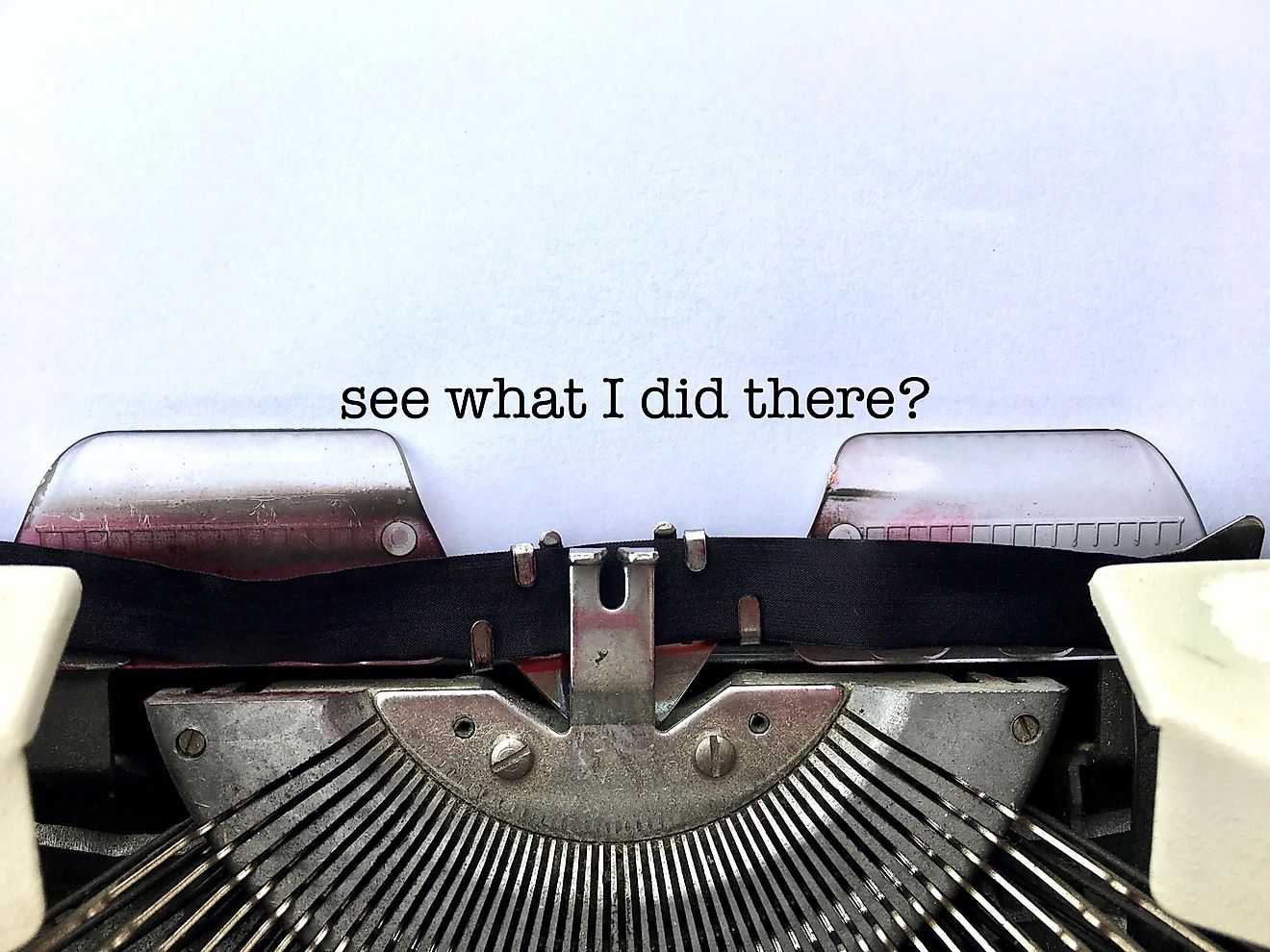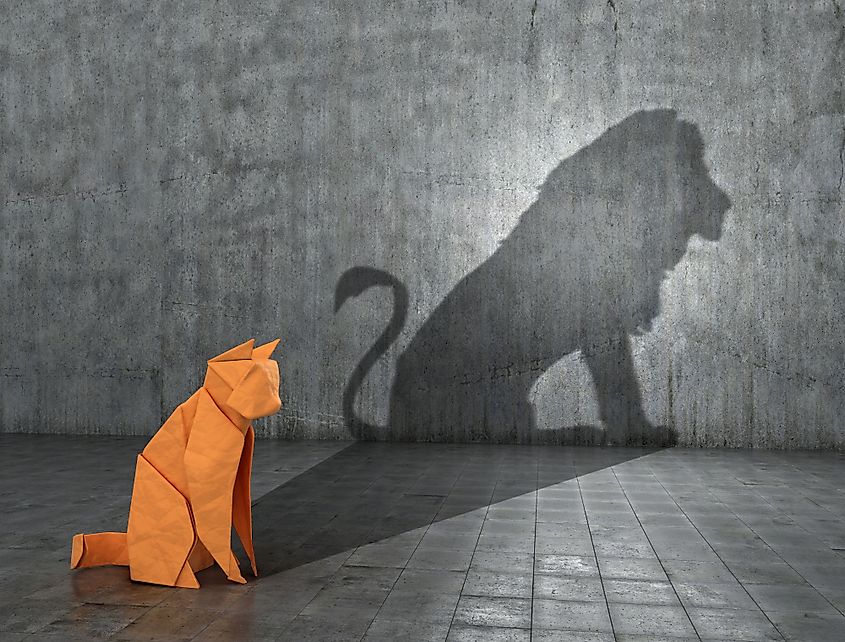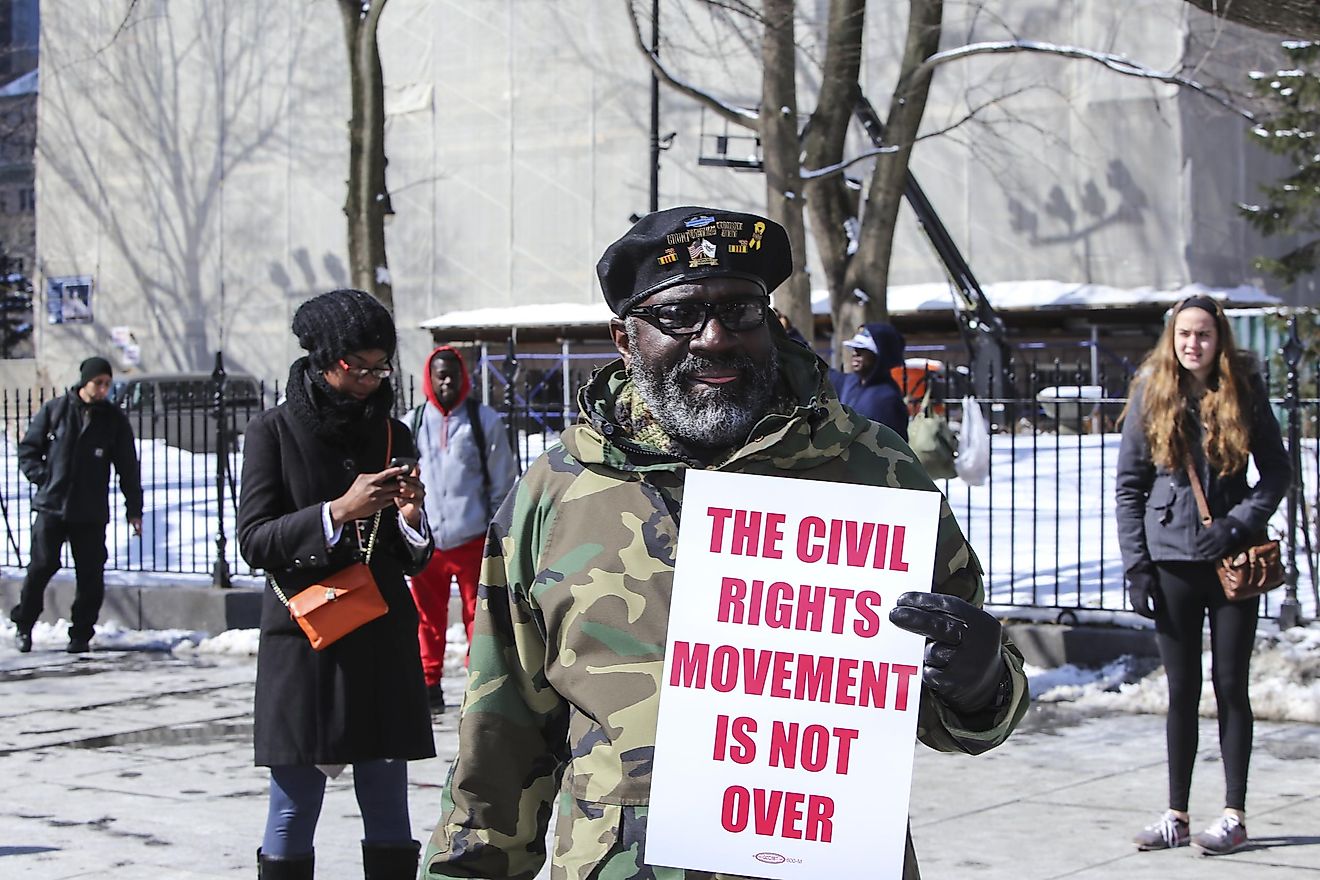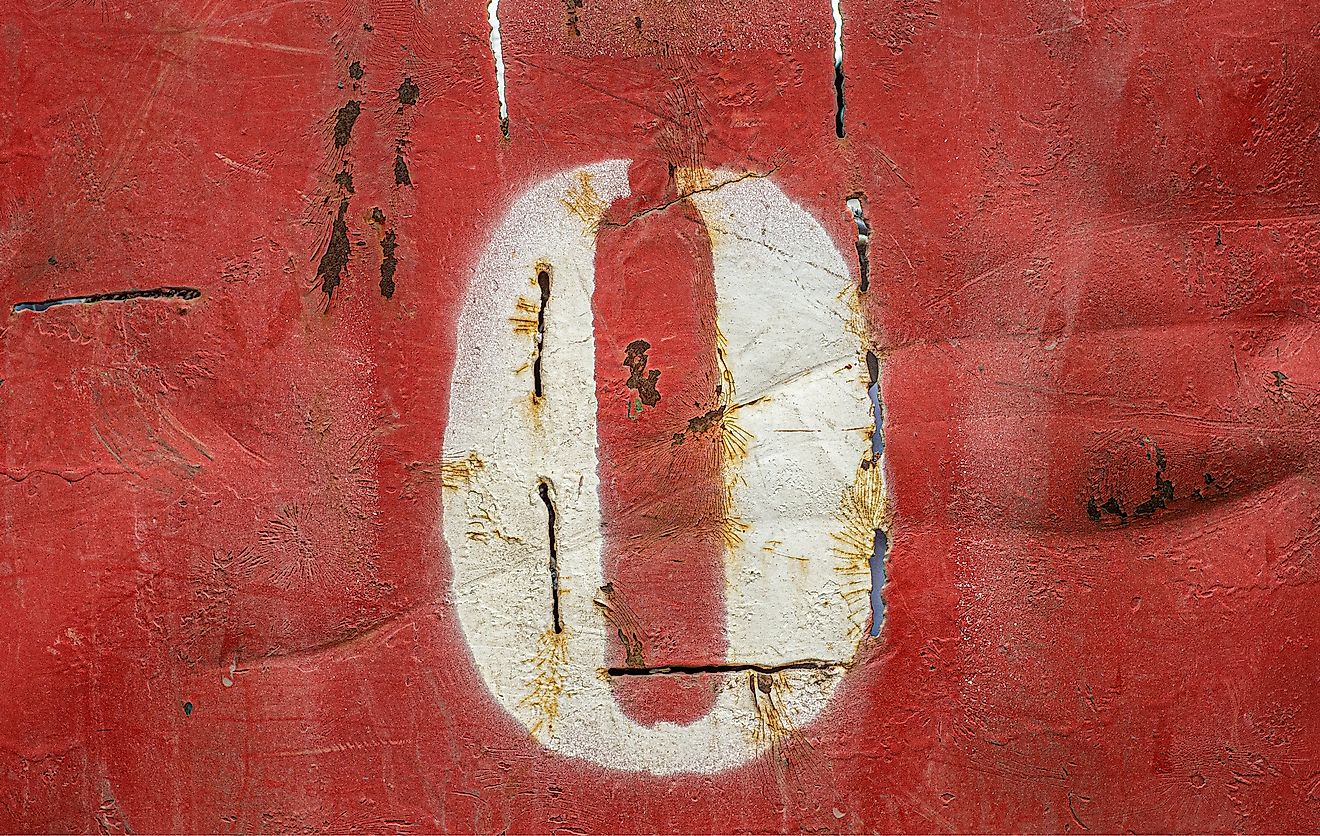What Is Figurative Language?

Figurative language tries to go beyond the literal meaning and is opposed to direct language, which we use more often in everyday life. Figurative language intends to be more passionate, impactful, and effective, so it uses various figures of speech. It is often used by writers or poets to create vivid imagery and give more power and beauty to their words. Figurative language can have various forms depending on which literary devices we choose to use with it.
Types Of Figurative Language
While the literal or direct language is mostly taken at face value, figurative language has hidden meanings, not just the surface level of what words are trying to convey. The types of figurative language largely depend on the figure of speech we decide to use with it. Considering there are far too many to list, we will be focusing on some of the more important ones and give explanations for them.
Various literary devices used in figurative language are typically divided into groups according to what they’re trying to do. Some are used to emphasize something, while others are trying to point out a resemblance or a relationship, while some are just figures of sound. There are also ones that can be classified as errors and then various verbal games.
Literary Devices Used in Figurative Language
Some of the most common literary devices that people use in figurative language include metaphors, similes, personification, hyperbole, puns, or onomatopoeia. We will be explaining the most commonly used ones to try to convey the meaning of figurative language better.
A simile is defined as a comparison between similar things using a connecting word such as “like” or “as.” One example could be saying somebody “slept like a log.” Similarly, a metaphor is used to convey a comparison as well, but without using connecting words. There’s even less literal meaning in a metaphor. A simple example of a metaphor would be calling someone a chicken when they’re scared. Of course, they can get much more complex than that, especially in prose or poetry.

Personification is another literary device used in figurative language, and it means using human qualities to describe objects that aren’t alive. Hyperbole, on the other hand, is a pure exaggeration that should not be taken literally. You could say something weighs a ton if an object you’re trying to lift is very heavy. Of course, it doesn’t actually weigh a ton, but you’re trying to exaggerate and convey how heavy it is by using hyperbole.
A Pun And Onomatopoeia
One literary device that gets used very often is a pun, also referred to as Paronomasia. Puns are best described as plays on words. You use them to manipulate the various meanings of words to give your statements a comedic effect. It often uses pronunciation to make the effect even more impactful. Onomatopoeia is another device that sees a lot of use in everyday life. It boils down to describing things with words that sound like the thing you’re trying to explain.
There are multiple examples, but one often used example would be “tick-tock” to describe the ticking of a clock. There are many more literary devices that are used in figurative language, these are just some of the more commonly used, but you can see how using a language that’s not direct and literal, it is sometimes easier to convey meaning.











